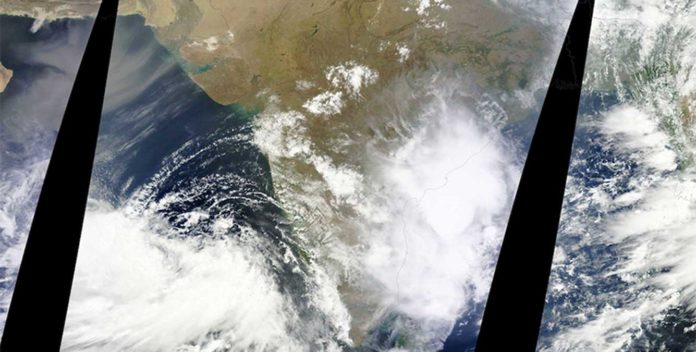In a new study, scientists at the Scripps Institution of Oceanography at UC San Diego and Yale University report that accelerated warming in the tropical Indian Ocean can impact precipitation, ocean salinity, and circulation in the Atlantic Ocean.
The study explores how world warming could alter world climate parts because of the Atlantic meridional overturning circulation (AMOC). Also, it gives more evidence of the complexity of the relationships among climate drivers through global teleconnections.
AMOC has confirmed indicators of slowing throughout that interval; however, whether or not it’s a result of global warming or solely a brief-term anomaly associated with ocean variability shouldn’t be identified.
Scientists around the world focus on particular climate mechanisms and options that could be shifting because of international warming. In this study, scientists used a combination of observational knowledge and computer models to plot out what results such shifts may need over time.
Scientists ran models to simulate the effects of this warming beyond the Indian Ocean and were surprised to find the AMOC flow grew stronger in lockstep with the warming.
Shineng Hu, a postdoctoral researcher at Scripps Oceanography, said, “Indian Ocean warming is one of the most robust features of anthropogenic warming. Its sea-surface temperature is now 1 degree C (1.8 degrees F) warmer than it was in the mid-20th century, more pronounced than other tropical ocean basins.”
The results demonstrated that very different components of the climate system could be intrinsically connected. Moreover, the study has shown that the warming of the tropical Indian Ocean relative to the other two tropical ocean basins can effectively control the strength of the Atlantic meridional overturning circulation. The greater the relative warming is, the stronger the AMOC becomes. Consequently, should the Indian Ocean warming slow down in the future, the AMOC might decline faster.
What is the relationship between the Indian Ocean warming and the AMOC?
Scientists suggest that warming sets in motion a chain reaction. The warm water evaporates into the atmosphere, making more precipitation around the Indian Ocean. The warmth consequently disseminates in that region, yet in doing as such, impacts other prevailing air flows in the tropical Atlantic Ocean and elsewhere. The effect of that is to stifle rainfall over the tropical Atlantic Ocean, which means increased saline water at the surface flows toward high latitudes, providing the salt that the flow needs to continue moving.
Scripps climate modeler Shang-Ping Xie, who works with Hu but was not involved with the study said, “This work shows that tropical ocean temperature patterns, by modulating rainfall over the Atlantic and surrounding continents, can drive AMOC change. This is an interesting idea worth further evaluation with observations and model experiments.”
Scientists urge that their finding suggests a need for scientists to take the global influence of the Indian Ocean into more significant consideration.
